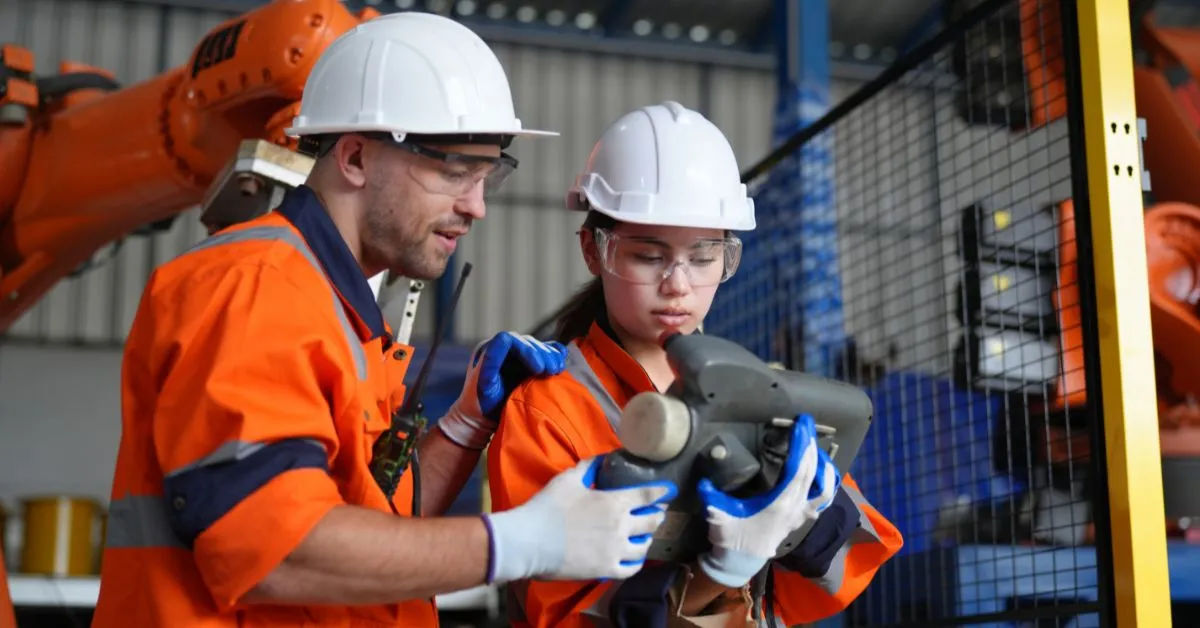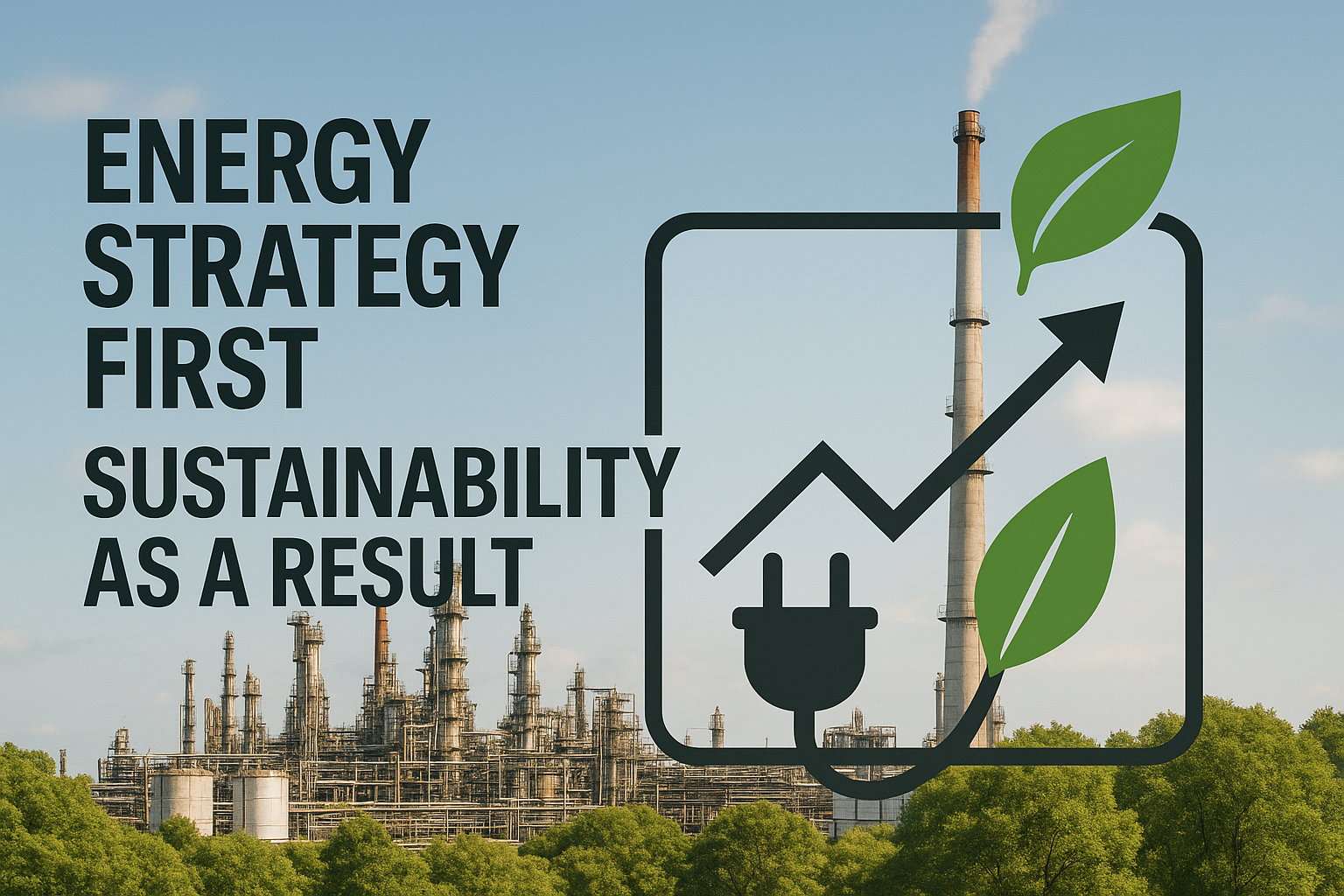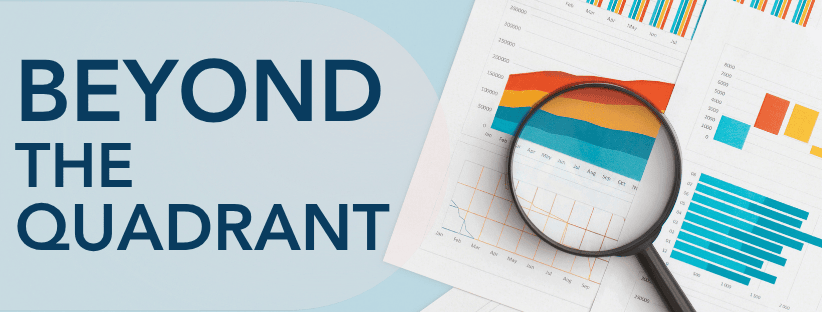When a valve drifts or feedstock quality shifts unexpectedly, every minute of delay costs money. Yet most industrial plants still rely on spreadsheet-driven analysis that can take hours—or days—to deliver actionable insights.
Modern AI-powered optimization solutions can evaluate thousands of live data points and propose new set-points in seconds, transforming what was once a reactive scramble into real-time action.
Instead of staring at lagging indicators and hoping to catch problems early, operators now work with a unified, real-time view that surfaces economic opportunities and risks the instant they appear. Plants that have embraced this technology report production improvements of 10–15 percent.
This speed advantage ripples across every operational area—from closed-loop process control and predictive maintenance to dynamic resource allocation and continuous quality assurance—fundamentally changing how industrial facilities operate.
Real-Time Data Processing Ends Analysis Delays
The traditional approach of clipboards, spreadsheets, and nightly reports creates dangerous gaps where hours pass before data even reaches an engineer. By the time someone acts, process conditions have already shifted, making yesterday’s analysis irrelevant to today’s reality.
Real-time data processing eliminates these delays by moving sensor readings from equipment directly to processing engines the moment they’re generated. Modern systems bypass the batch queues and manual handoffs that traditionally slow operations down.
By having every stakeholder work with a single, current view rather than yesterday’s snapshot, you can ensure set-point changes are based on real evidence rather than intuition. Advanced platforms can even write new targets back to the distributed control system in real time, maintaining optimal operations while eliminating the bias and fatigue that undermine manual decisions.
Predictive Analytics Turn Plants From Reactive to Proactive
Manual review processes force operators to act only after deviations become painful and expensive. Predictive analytics fundamentally changes this dynamic by training models on historical and live sensor feeds, creating intelligent systems that spot drift the moment it begins rather than hours later. Manufacturing facilities using real-time analytics can achieve incremental reductions in analysis cycles, improving productivity and efficiency.
The speed delivers measurable operational improvements. Because these models continuously learn from every operation, each production run generates insights that sharpen the next set of recommendations.
The impact appears first in reliability metrics. Automated failure prediction systems analyze vibration, temperature, and power signals to schedule maintenance only when truly needed, while the same intelligence recalculates production plans, reallocates energy resources, and tightens quality windows as conditions evolve.
Most importantly, these platforms notice subtle performance shifts long before traditional alarms would trigger, providing time for calm adjustments instead of emergency responses. The result is fewer unplanned work orders, smoother resource planning, and a workforce focused on continuous improvement rather than crisis management.
Automated Alerts Surface High-Impact Issues First
Control rooms may experience periods of alarm floods with hundreds of alarms per hour, but under normal, well-managed conditions, operators typically receive far fewer alarms, usually between 6 and 12 per hour, and the majority are low-priority, still creating noise around truly critical events. This alarm fatigue can cause operators to miss important deviations while scrambling to separate meaningful signals from routine notifications.
Industrial AI engines solve this problem by ranking alerts based on economic impact and operational significance. Reinforcement learning allows these models to observe operator responses and adjust their prioritization hierarchy so the most valuable opportunities consistently rise to the top.
Automated anomaly detection provides equally powerful capabilities by comparing live sensor streams with historical patterns. These systems identify subtle shifts long before traditional alarms would activate, enabling faster responses to external changes such as feedstock variations or demand fluctuations.
Performance dashboards present each prioritized alert within proper context, including trends, set-point history, and financial implications, so operators can act decisively rather than spending time interpreting raw data.
Decision Support: 24/7 Set-Point Recommendations
Industrial operations run continuously, requiring guidance that matches their pace. This technology maintains production targets without waiting for shift reviews or manual interventions. The closed-loop approach means models don’t simply provide recommendations; they take action. Using reinforcement learning, these systems compare thousands of temperature, pressure, and flow rate measurements against economic objectives, then adjust valves or recycle ratios in real-time manufacturing process control.
These models adapt as feedstock quality, energy prices, or catalyst activity changes, maintaining alignment with evolving market conditions and demonstrating the responsiveness that modern industrial operations require.
While operators retain approval authority for high-impact changes, routine optimizations happen automatically, giving new team members valuable guidance while freeing experienced personnel for strategic initiatives.
Cross-Functional Integration Breaks Information Silos
Traditional operations fragment critical information across multiple systems, planning spreadsheets, maintenance logs, and real-time process data, each exists in isolation. This separation forces operations teams to spend valuable hours reconciling numbers before anyone can make informed decisions.
Shared AI models fundamentally change this workflow by adopting a “One View, One Team” approach. These systems ingest historian tags, work-order histories, and economic targets simultaneously, then stream a unified, current picture to every stakeholder.
Decisions that previously waited for shift handoffs or scheduled meetings now move at the speed of data itself. When AI can analyze integrated datasets from across the organization, it automatically balances economics, reliability, and safety considerations within a single calculation.
Success still depends on operational fundamentals: clearly defined KPIs, thorough control system audits, and proactive change management, because integration challenges typically exceed algorithmic complexity.
When these pieces connect properly, the resulting holistic view synchronizes supply chain decisions with front-line operations, eliminating local optimizations that quietly drain profits while extending plant-wide benefits to every operational choice.
Historical Pattern Recognition Speeds Root-Cause Analysis
Traditional troubleshooting often requires marathon data analysis sessions and lengthy whiteboard discussions that can stretch for days while production suffers. Industrial AI compresses these cycles to minutes by scanning years of sensor history in real-time, quickly identifying the specific combination of temperatures, pressures, and flow rates that triggered process upsets.
This transformation comes from algorithms trained to recognize subtle correlations and causality patterns that human analysis frequently misses. By continuously learning from every production run, these models function as digital twins that never stop refining their understanding of normal operations. When anomalies appear, the system rapidly tests various scenarios to help identify the most probable root causes and can support evaluation of their potential economic impact.
Industrial AI can identify hidden control interactions and deliver rapid, data-driven corrections that stabilize recovery rates and reduce unplanned downtime.
Operators now use the same model offline to train new employees, preserving institutional knowledge as experienced workers retire. Faster root-cause analysis keeps production systems running while enabling teams to focus on continuous improvement rather than emergency response.
Accelerate Real-Time Decision-Making with Imubit
Imubit’s Closed Loop AI Optimization platform enables plants to move beyond lagging indicators and manual reviews by embedding real-time decision intelligence directly into operations.
Instead of reacting after the fact, operators and engineers gain continuous, automated guidance that adjusts set points, identifies economic opportunities, and prevents costly deviations as they emerge—not hours later.
From predictive analytics and automated alerting to live set-point recommendations and optimization, Imubit turns disconnected data into plant-wide coordination that drives measurable results. Whether you’re facing analysis delays, alarm fatigue, or inefficiencies in production planning, Imubit’s platform is designed to eliminate friction and empower every decision with the full speed and clarity of AI.
Get a Complimentary Plant AIO Assessment to examine your current decision cycles, identify the biggest delays, and develop a risk-free pilot program that tests Closed Loop AI Optimization on a single system before expanding plant-wide.




